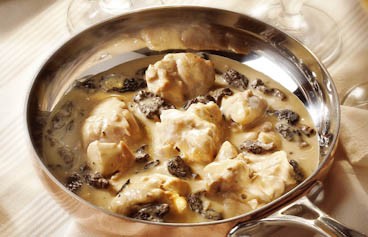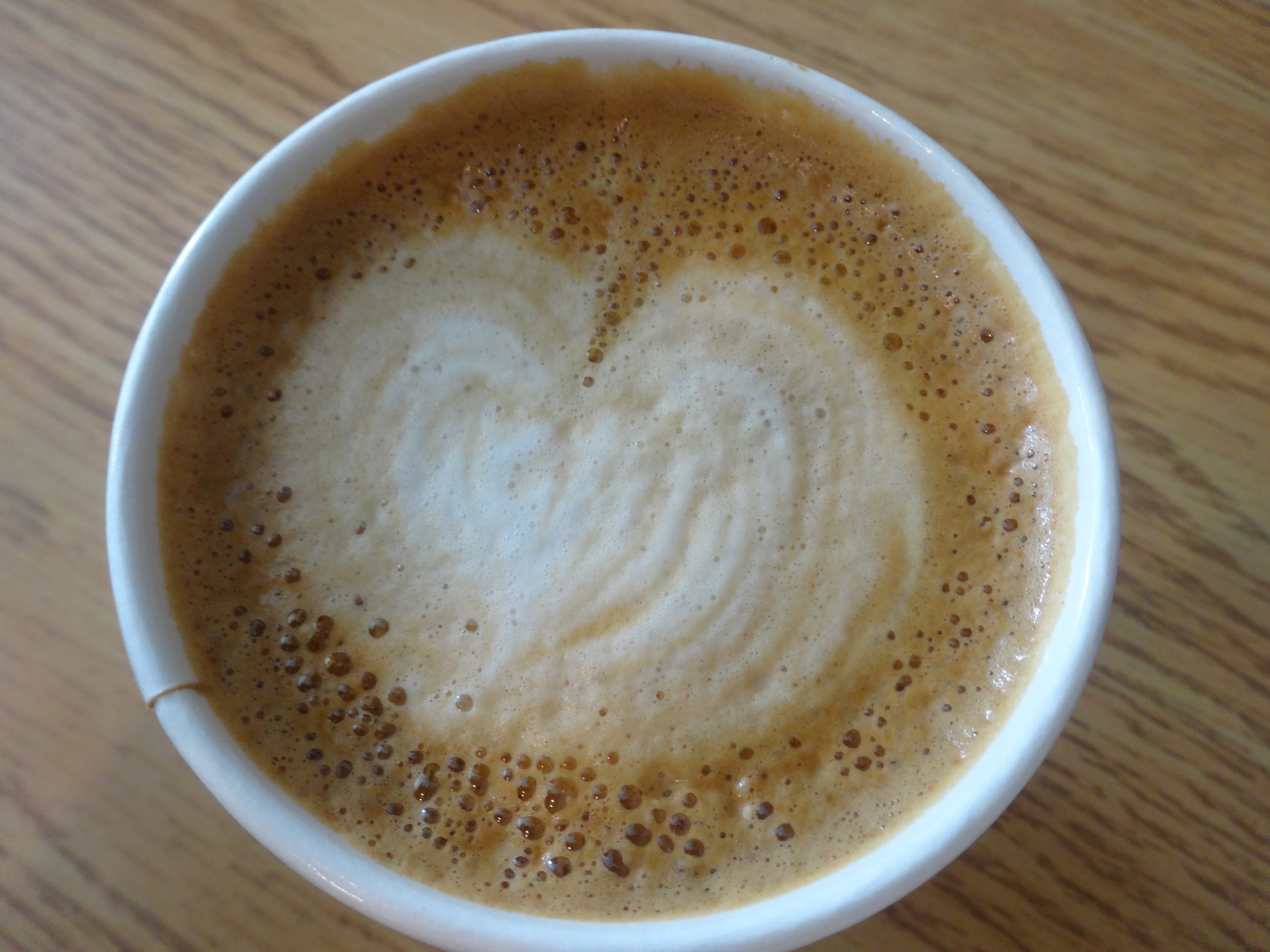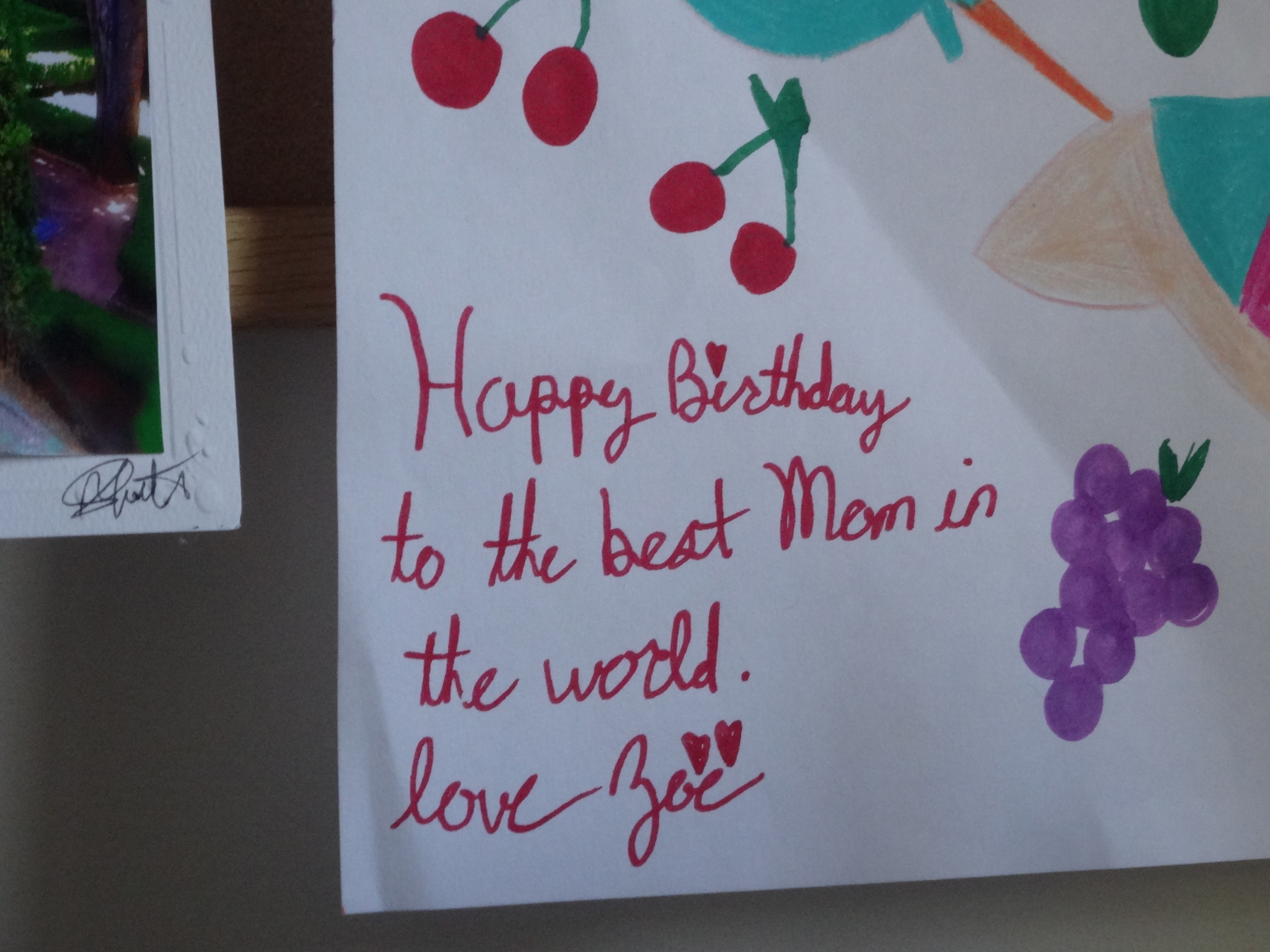I read somewhere recently that linear time is a practical construct we invented because our minds cannot deal with the actuality of it all happening at the same time...
Read morehearts in my life
This past week-end I had heart coffee in Vermont. Heart shaped crema may be the thing, but since I don't drink much coffee I was happily surprised and the sight made me stop in my track for a minute and smile...
Read moremeaningful stuff
Too much stuff can turn into stuff, and by itself an object or a picture has no meaning. From a material standpoint a photograph consists of a piece of paper (or, in this day and age, a bunch of pixels), and an object is made of a material of some kind...
Read morediet, exercise and wellbeing
For a while there it seems that Coca Cola had us duped into believing that exercise, more so than diet, is the most important factor for weight loss and wellbeing. The Coca Cola Company gave almost $3 million to the American Academy of Pediatrics over the past three years, as the NY Times reported yesterday in a spill-it-all article, in addition to infiltrating many small community organizations with their web of donations and sponsorships, and having "bought" dieticians and scientists. Talk about covert and not-so covert manipulation and unscientific science. The bottom line is this: diet is tantamount to a healthy body, more so than exercise. You cannot make up for poor food and drink choices by exercising more, believing in exercise alone as a ticket to a healthy body. It is much more important to clean up your diet, learn to shop and cook, and to make healthy food and drink choices. Once you've got that down pat exercise is a complementary component for sure, keeping in mind that every body - or everybody - thrives on a different type of exercise and on different weekly amounts. A gentle and automatic weight adjustment and an increase in energy and wellbeing naturally follow a switch to a wholesome diet.
valuable vegetable scraps
 We eat lots of vegetables, and especially lots of greens, which goes hand in hand with tons of vegetables scraps. But stop - no need to throw them away and waste them. In fact, calling them scraps indicates that we think of them as lowly. Here are some ideas of what to do with your valuable raw vegetable leftovers, nose-to-tail in vegetable speak:
We eat lots of vegetables, and especially lots of greens, which goes hand in hand with tons of vegetables scraps. But stop - no need to throw them away and waste them. In fact, calling them scraps indicates that we think of them as lowly. Here are some ideas of what to do with your valuable raw vegetable leftovers, nose-to-tail in vegetable speak:
- Wash them and put them all in a big pot, cover with water, cook for a few hours - voilà, a beautiful vegetable stock you can use for making soup or adding cold to your green smoothie instead of plain water. More minerals to you. The stock freezes well in big glass jars or freezer bags for more soup on a cold day.
- Juice your stalks, stems, roots, outer leaves, cabbage cores, apple cores too, and benefit from all those beautiful minerals and trace elements (your veggies will have more if they are organic or homegrown).
- Use all your "other" greens - beet greens, carrot tops, celery leaves, radish greens, kohlrabi greens - like you would spinach, chard, collards or kale: sautéed, raw in salad, added to a smoothie, making pesto from them (i.e. carrot top pesto), added to soup, or juiced.
- Broccoli crowns are delicious, but my family loves the broccoli slaw I make from the stems: mix the shredded broccoli stems with a vinaigrette of olive oil, a generous amount of lemon juice, crushed garlic, salt, pepper and lots of finely chopped parsley (I am partial to curly). Better the next day, but you might need to reseason - more salt and pepper, more lemon juice so it's got some kick.
real paper books
 I don't read e-books, and I don't own an e-reader. I like real paper books for so many reasons.
For one I like to highlight things that seem important and that I'd like to find again later. When I get a new book I like flipping through it, take a look at the index, read some here some there, look at back and front cover, then start at the beginning and actually delve into it. I seem to get a better feeling for the geography of a book with the paper version and I know better how far along I am when I can see how thick the wad of pages is I already read compared to what's ahead. A paper book is warm and soft and has a smell to it. Slightly worn books even seem to have a certain aura to them while an e-reader is a cold machine in comparison. The continuous slight flickering of a screen and the blueness bother me after a while. Lastly, they say that screen reading at night may cause sleep problems, as the Huff Post reported not too long ago. And who knows about the radiation an e-reader would emit when sitting in my lap for hours while I read an e-book.
I don't read e-books, and I don't own an e-reader. I like real paper books for so many reasons.
For one I like to highlight things that seem important and that I'd like to find again later. When I get a new book I like flipping through it, take a look at the index, read some here some there, look at back and front cover, then start at the beginning and actually delve into it. I seem to get a better feeling for the geography of a book with the paper version and I know better how far along I am when I can see how thick the wad of pages is I already read compared to what's ahead. A paper book is warm and soft and has a smell to it. Slightly worn books even seem to have a certain aura to them while an e-reader is a cold machine in comparison. The continuous slight flickering of a screen and the blueness bother me after a while. Lastly, they say that screen reading at night may cause sleep problems, as the Huff Post reported not too long ago. And who knows about the radiation an e-reader would emit when sitting in my lap for hours while I read an e-book.
 Call me old fashioned, but I like stacks of books around the house and I like to curl up on a couch or in bed with a real book.
Call me old fashioned, but I like stacks of books around the house and I like to curl up on a couch or in bed with a real book.
nose to tail
Growing up I loved eating split pea soup with smoked pig's tail. I remember seeing pigs' ears on display in our butcher shop, and we regularly ate liver and kidney. I also liked sliced beef tongue on a sandwich. Later on when we lived in France I had sweetbreads and brain (both very delicate and creamy tasting), in China duck tongues (a bit tough) and chicken feet (didn't like those at all), and I still love eating head cheese on buttered German black bread with a slice of pickle on top. When we eat lobster I collect everyone's discarded lobster heads and enjoy the innards (and that creamy green stuff) with a big glob of homemade mayonnaise at least as much as the tail and claws.
Indigenous people consume every part of an animal, nothing goes to waste. In foodie countries like France and China every part of an animal is turned into a signature dish (ris de veau aux morilles - doesn't that sound delicious?).
When we eat lobster I collect everyone's discarded lobster heads and enjoy the innards (and that creamy green stuff) with a big glob of homemade mayonnaise at least as much as the tail and claws.
Indigenous people consume every part of an animal, nothing goes to waste. In foodie countries like France and China every part of an animal is turned into a signature dish (ris de veau aux morilles - doesn't that sound delicious?).  But more recently in this country, and with increasing affluence, we have turned our noses up at organ meats and somehow have come to think of them as eeeewwwww and yuck.
But more recently in this country, and with increasing affluence, we have turned our noses up at organ meats and somehow have come to think of them as eeeewwwww and yuck.
In reaction to that the nose-to-tail movement has sprung up and with it the art of butchering is being resurrected. In contrast to supermarket butchers, who are not trained to take a whole animal carcass apart and seldom see its innards, many young butchers are interested again in learning this craft with attention to all parts of the animal, and what to make with them (not only sausage). Organ meat (only from grassfed animals!) is densely packed with nutrients. As a matter of fact, predators first go for the organs of a fresh kill. My acupuncturist, who is versed in Chinese nutritional principles, always reminds me to make bone broth (please reread an earlier post on bone broth) in the wintertime and eat organ meats.
salutogenesis
It's a term I hadn't heard until I read an article this morning on approaches for dealing with the refugee crisis in Europe of all things, and coined by medical sociologist Aaron Antonovsky. Without ever having heard it called salutogenesis I embrace this model in my thinking, this blog and my upcoming book. It is after all about strengthening what is healthy instead of destroying or treating what's diseased. With regard to healing the body the idea is to strengthen the immune system and support the body's ability to continuously regenerate and heal itself through a deep mind-body relationship. Why? Because stress, negative beliefs and emotional problems are responsible for 85% of our health problems, as it's estimated. Salutogenesis is a proactive, preventative and positive approach, while our mainstream Western model is about fixing, eliminating, destroying, cutting out, or band-aiding what's diseased in very broad strokes.
Translated to my deep living approach salutogenesis is about standing for and promoting more of what we want (healthy and rich soil, clean air and water, honesty and transparency, dignity for all people, sufficient food for all, and on and on) instead of ranting and raving about what we don't want (pollution, corruption, disease, poverty, refugee crisis and so on).
Do you like your glass half full or half empty? It's all about turning our attention to the positive aspect of things. You may also want to reread an older related post on the war against evil.
on forgiving
I find forgiveness incredibly important. Forgiveness is the key to avoid carrying grudge, resentment, anger, and all those other unpleasant low frequency feelings around with us, embedded in our cells for ever. It's not about forgetting what happened on this day, not about shoving it under the rug, but forgiving and overcoming helps to move forward. Stuck energy becomes stale. It feels good to let go and release. It makes you feel lighter. Like when you have cried your heart out, then sobbed some, then eventually the tears stopped flowing, and finally you were ready to take a deep breath. It feels so cleansing, so calming, and a bit like a fresh beginning.
greening your thumb
 I used to have a definite "bad thumb," which has turned to a pretty green thumb over the years. While my son thinks houseplants are useless, and I used to care them to death, I have come to love them in recent years. Like my cats they are something like children to me - definitely cheaper, definitely less work, yet work nevertheless, and a lot of pleasure.
I used to have a definite "bad thumb," which has turned to a pretty green thumb over the years. While my son thinks houseplants are useless, and I used to care them to death, I have come to love them in recent years. Like my cats they are something like children to me - definitely cheaper, definitely less work, yet work nevertheless, and a lot of pleasure.  I am pleased when my plants grow stronger, sometimes I talk to them, I love watching them grow a new leaf or new blooms. I get especially excited when one of my orchids begins to sprout a new flower stem, which then grows and unfolds over weeks, and blooms for months.
I am pleased when my plants grow stronger, sometimes I talk to them, I love watching them grow a new leaf or new blooms. I get especially excited when one of my orchids begins to sprout a new flower stem, which then grows and unfolds over weeks, and blooms for months.
 I find that plants add softness and life to a home, a calming and quiet living presence. Plants eliminate toxins from the air, absorb our carbon dioxide while emitting oxygen, humidify the air by releasing water, their presence seems to increase productivity in offices and adds to our wellbeing in general (apparently sick people get well faster if they are around plants). From a decorative perspective they can make such a statement, such as a tall ficus tree in a big space, little succulents growing between pebbles in a pretty pot, or a basket planted with a variety of plants. Plants add to the quality of life in so many ways.
I find that plants add softness and life to a home, a calming and quiet living presence. Plants eliminate toxins from the air, absorb our carbon dioxide while emitting oxygen, humidify the air by releasing water, their presence seems to increase productivity in offices and adds to our wellbeing in general (apparently sick people get well faster if they are around plants). From a decorative perspective they can make such a statement, such as a tall ficus tree in a big space, little succulents growing between pebbles in a pretty pot, or a basket planted with a variety of plants. Plants add to the quality of life in so many ways.




